Many instances of credit card fraud in Singapore actually happen out of carelessness. Here’s what you can do to avoid being a victim.
With the rise of technology, counterfeit, cloned, altered and forged (CAF) cards are up a reported 12% over last year. This article provides you a quick law enforcement-level primer on how to detect a fake card beyond just matching ID and verifying the card with the processor.

Dean Drobot/shutterstock.com
Symmetry
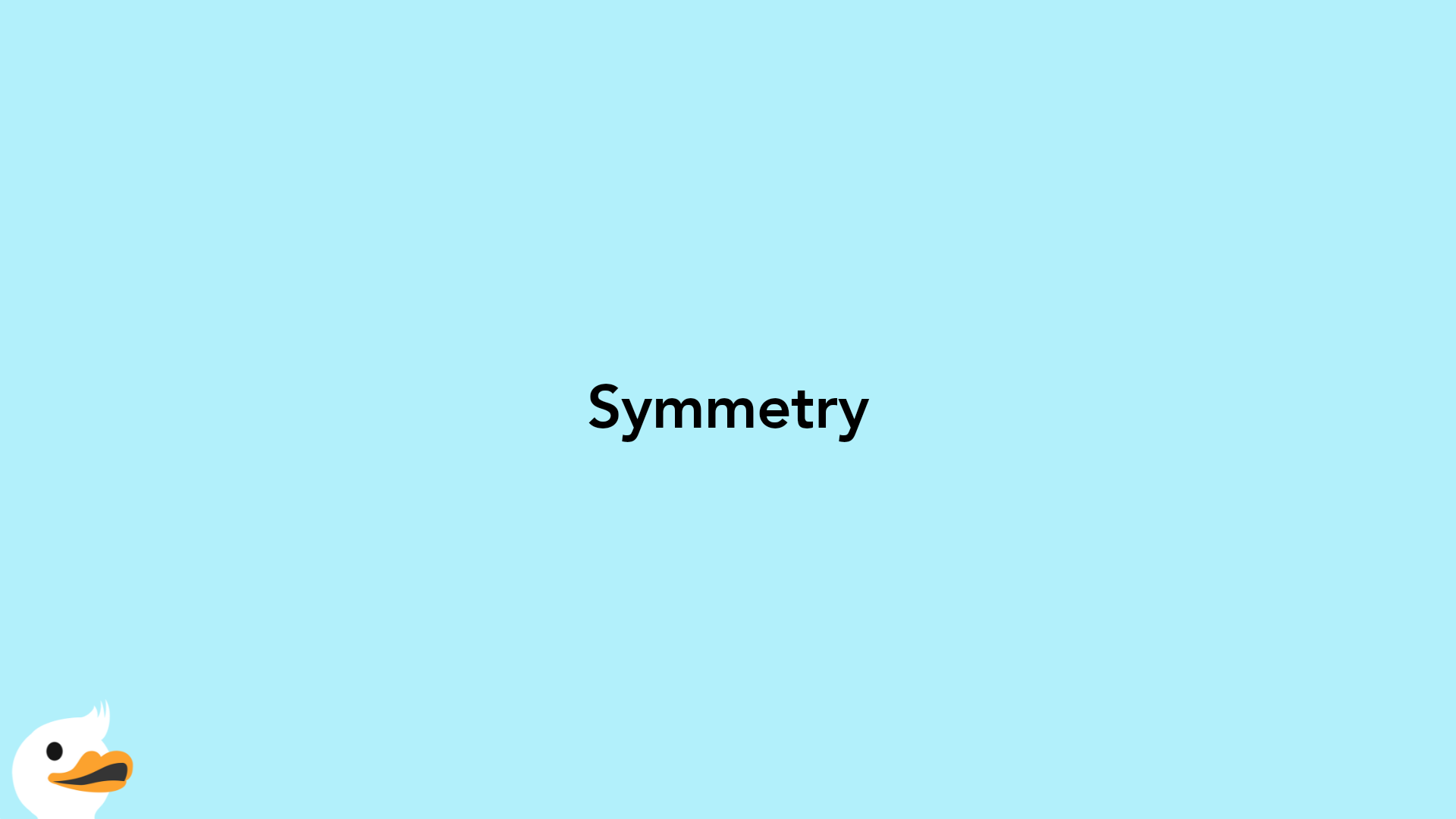
First, look at the numbers to ensure they are evenly spaced and aligned. A counterfeiter typically uses an aftermarket tipper/embossing machine that handles one number at a time. As such, numbers are often skewed.
Correlation

Next, check to see if the account number matches the card name. Amex will start with a 3, Visa with a 4, MasterCard (MC) a 5 and Discover with a 6. You would be surprised how many thieves fail to do their basic homework.
Magnetic Strip

Some thieves are lazy or cheap and fail to coordinate the magnetic strip data with the data on the front of the card. To get around this, bad guys will purposely damage the strip by scratching or demagnetizing it thereby forcing the merchant to manually enter the altered numbers on the front.
Receipt Match
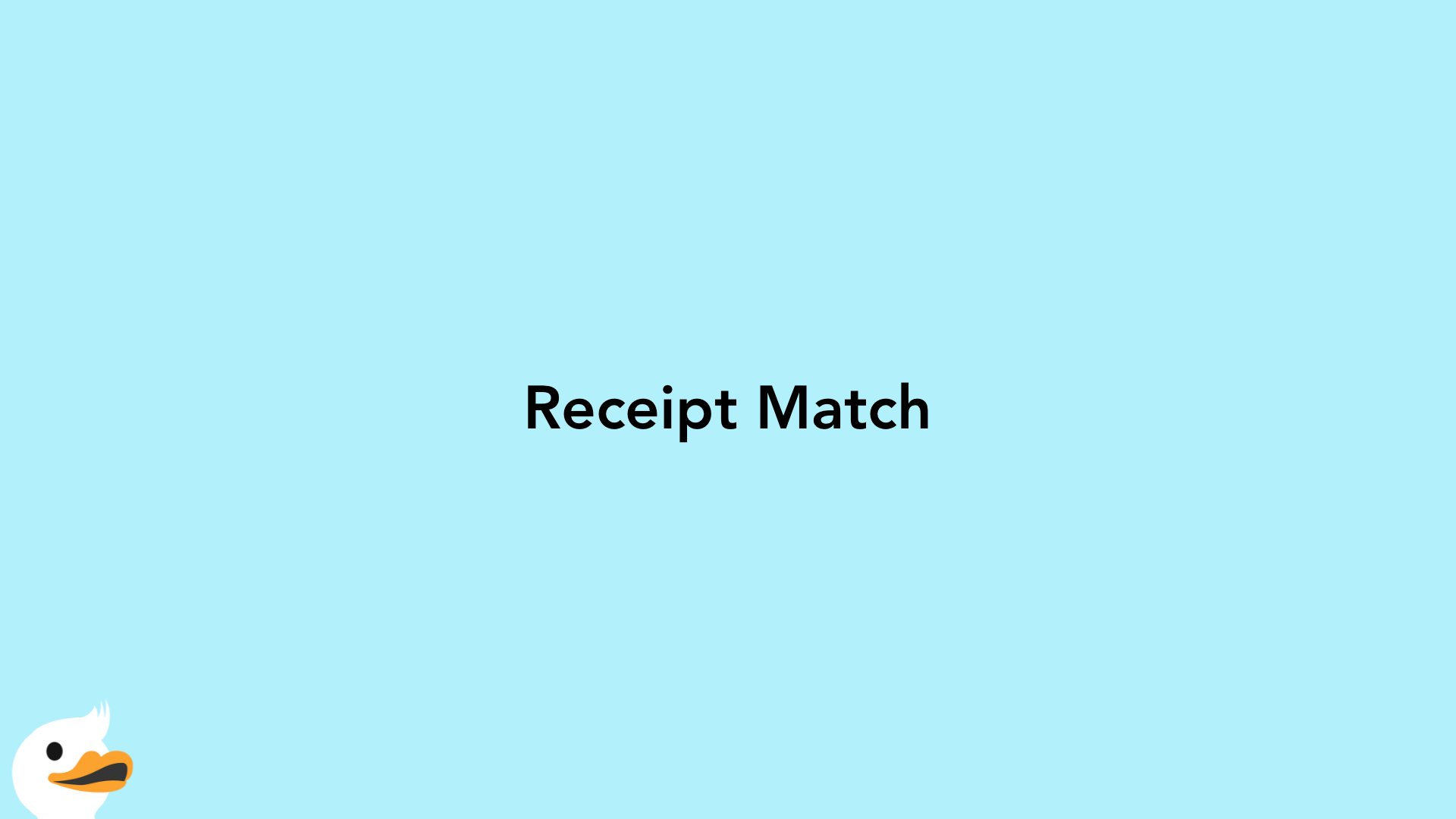
If you don’t have access to a magnetic strip decoding device to check the strip, one easy way to verify the strip and number is to run a transaction and see if the last four numbers printed on the receipt match.
Hologram

Check the hologram sticker on the front of Visa and MC and the top back strip on an Amex card for the foil hologram. Forged cards often have a dull, 2D look.
Signature Strip

The signature strip requires a different material when creating a card and is also often overlooked when forging. The strip should be on the back and white.
UV Logos

If you are in a branch and have access to a ultraviolet or black light check the UV logo on most cards. “AM EX” will appear on front of an Amex card, “MC” on a MasterCard, a flying “V” in the lower left front and a dove logo in the middle of a Visa card and “Discover” will be written across a Discover card.
Microprint
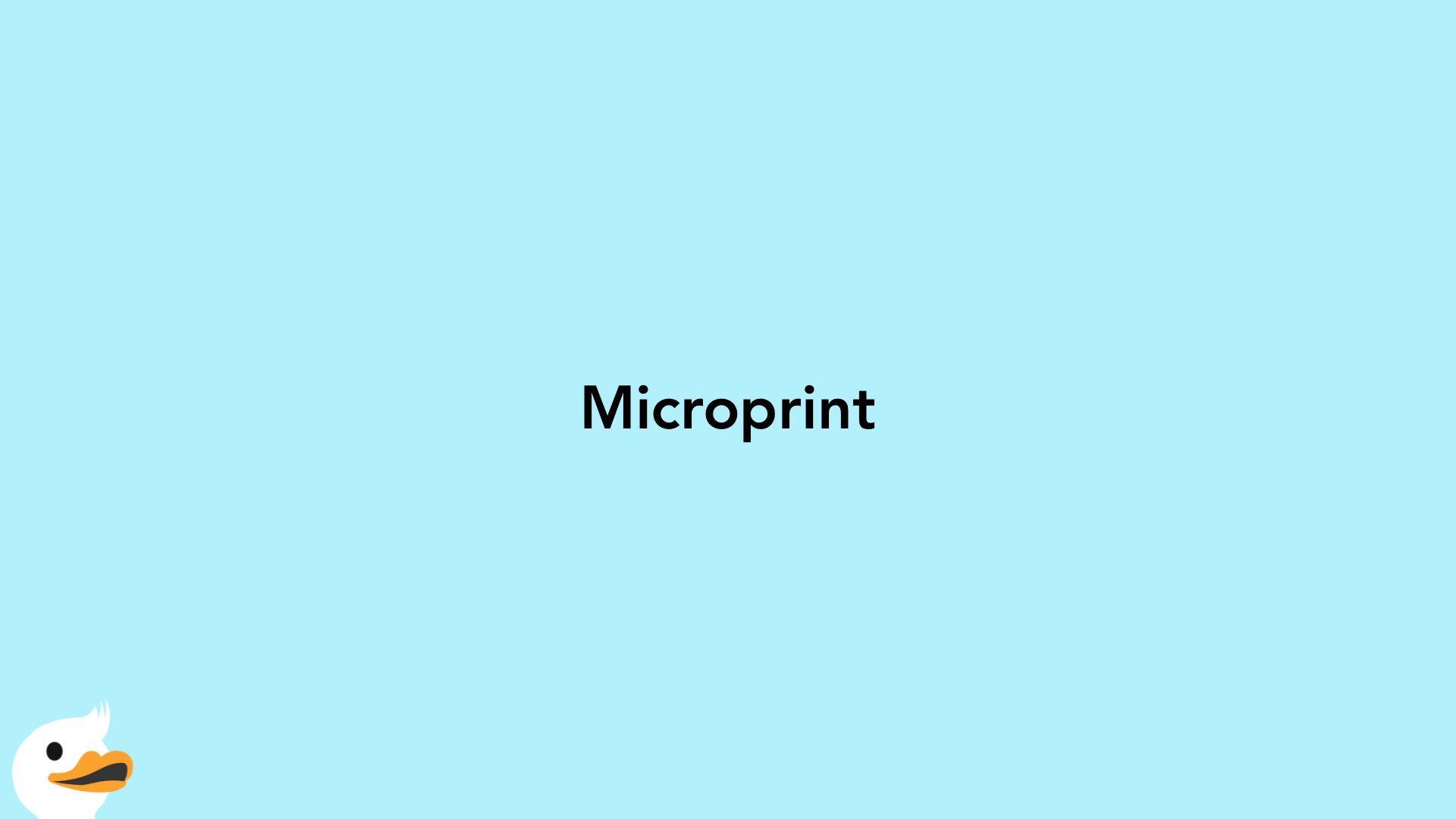
Most cards have a microprint verification number that can be seen with a magnify glass. This gets about 80% of all thieves and the microprint can usually be found under the account number or on back. While it varies with different cards, usually the microprint duplicates the first or last 4 numbers of the account number.
Behavior
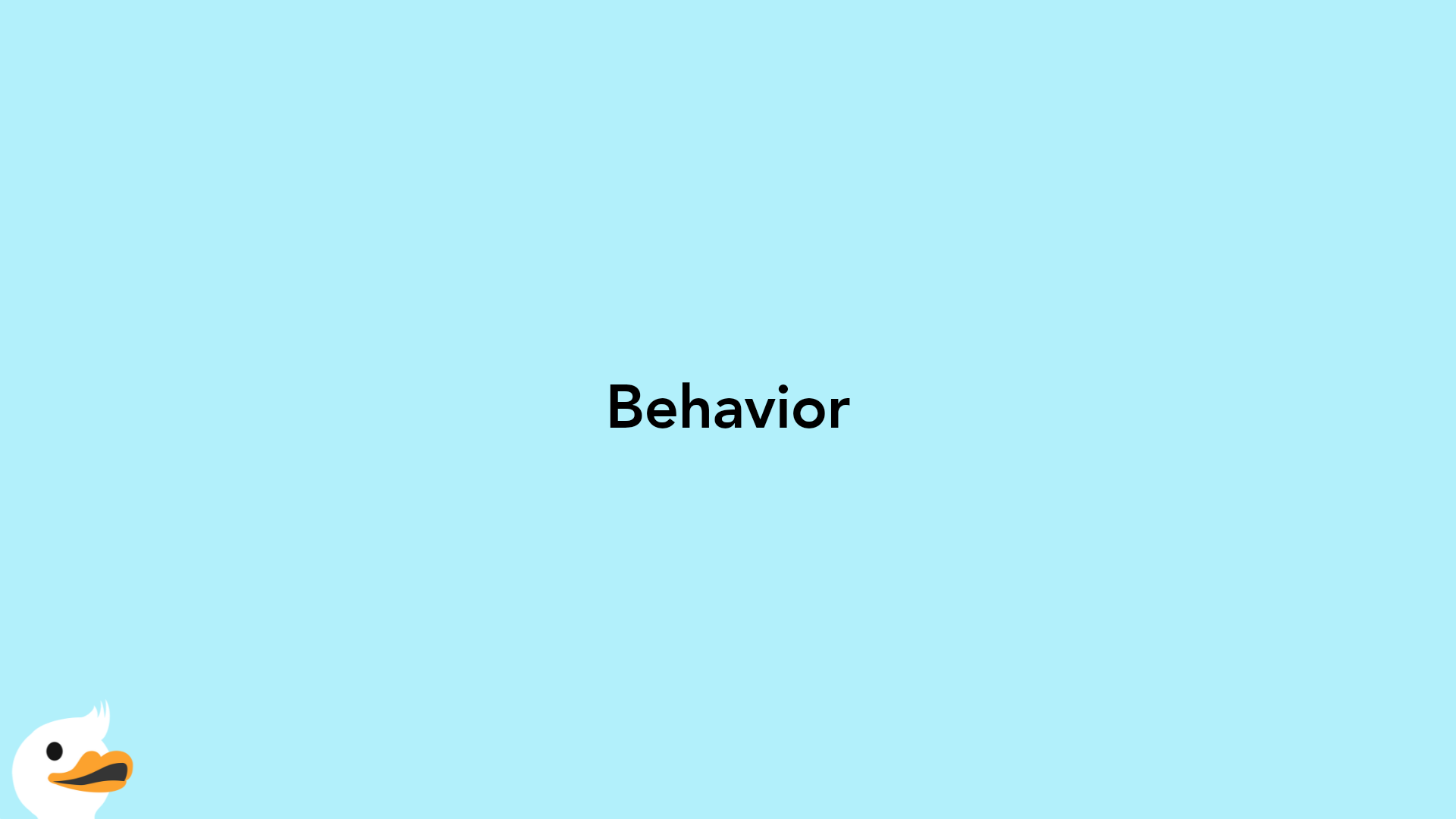
Finally, nothing verifies fraud like nervous behavior of the card holder. The most common tactic is for the thief to try to confuse or distract the clerk in order to take the attention off the CAF card.
If any of the above doesn’t look right, contact law enforcement as chances are high you are dealing with identity theft and possibly counterfeiting. Credit and debit card fraud is fairly easy to detect because of the above, while prepaid cards usually have only about half of the above fraud prevention mechanics and so are harder. While this article won’t make you an expert, it will provide you an above average knowledge.
How Does Credit Card Can Be FAKE?

Once you understand a few basic things about credit card fraud, you’ll also know more about how to prevent it.
Most Thieves are Opportunists, Not Genius Hackers
Contrary to what you see in movies, most thieves don’t steal your credit card by hacking into your computer or into a bank’s security system. Those things require a degree of expertise that most people don’t have. The amount that can be stolen is seldom worth the effort.
Credit card thieves don’t like to use sophisticated methods; they mostly just target careless people. For example, they may call you and claim there’s a problem with your transaction – could you please read out your card number and CVV number? If you read it out, your card gets stolen.
Another simple method is looking in your mailbox. Some thieves steal letters out the boxes with devices like modified tweezers. When they find a credit card, they note the number and address, and and then replace the card.
A few days later, they’ll call you pretending to be the bank. They’ll cite your card number, address, name, date, and even the day of the card’s delivery (it makes them seem like the real bank). They’ll then explain there are suspicious charges, and they can clear it up if you give them the CVV number on the back. If you do, they’ll steal the card as they already have the number.
How to Avoid This: If you don’t disclose your card numbers over the phone, and you keep your mail secure, the thieves will probably wander off to find an easier target. Avoiding them is that simple.
The Credit Card Thief Isn’t the One Using Your Card
You may be wondering why illegal purchases on your card come from other countries, like Japan, Poland, Germany, etc. This doesn’t mean the person who stole your card came from that country or travelled there.
Most credit card thieves do not use the cards they steal, because the risk of being caught is too high. Instead, they will compile a list of card numbers stolen, and then sell the list to other criminals on illegal marketplaces.
As such, the person who stole your credit card number may be in Singapore, but the eventual illegal purchases might happen anywhere else in the world.
On top of this, stolen credit cards are often used to purchase intangibles, such as access to pornographic websites, alternative currencies like Bitcoin, or online game currencies.
This combination of geographic distance, along with anonymous purchases, can mean the bank is unable to trace the card user. It’s not like on TV shows, where the police locate the criminal the moment your card is illegally used.
How to Avoid This: Don’t leave your card lying around, and assume transactions can be quickly traced or prevented. Always respond to a lost card – or a suspicious transaction – by immediately suspending or cancelling it.
Many Credit Cards are Stolen Due to Poor Disposal
For the past few decades, the main method of identity theft has not changed. It simply involves digging through your trash. In some cases, this means trash from your bank; although most banks have stringent rules about their garbage.
When thieves find a useful detail about you – for example, your telco service and account number – they have a valid disguise. They can call pretending to be your telco, or even call a store you bought from and pretend to be you. For example, they might claim the store double charged you, and sneak in a question like “What is the credit card number that appears on your end?”
How to Avoid This: Always be extra careful when disposing of trash with sensitive information. Shred it if your office has a shredder. Otherwise, just rip it up to prevent it being read.
Your Credit Card Number Can Be Stolen Through Fake WiFi Hotspots
The thieves set up a free wi-fi zone, with a deceptive name like “Changi Airport Wi-Fi” (it usually matches the place). When you mistake it as the free wi-fi zone and log on, the thieves can hack into your phone. Once they have access, they can control everything from your social media accounts, to purchases in stores where you have previously saved your credit card information.
How to Avoid This: To prevent this, always double check that you’re connecting to a legitimate network. Also, avoid saving your credit card details on any particular website (remember that the website may itself be hacked, through no fault of your own).
“Skimming” is an Old-Fashioned Method That’s Still Being Used
Skimming is when your card is placed in a false reader, that copies its details. This used to occur around ATM machines, where thieves would fit skimmers in the card slots (this is largely prevented today by ATM security locks).
These days, skimming tends to happen when thieves masquerade as waiters, room service delivery, bartenders, etc. When you give them your card, they’ll swipe it on the skimmer to get the details, before swiping it on the real credit card machine.
How to Avoid This: The easiest way to prevent this is to not let the card out of your sight. Follow the waiter to the cashier, for example, instead of letting him take the card. When inserting your card into any machine, check that nothing unusual is fitted around the card reader. This could be a skimmer, and you should use another machine to be safe.




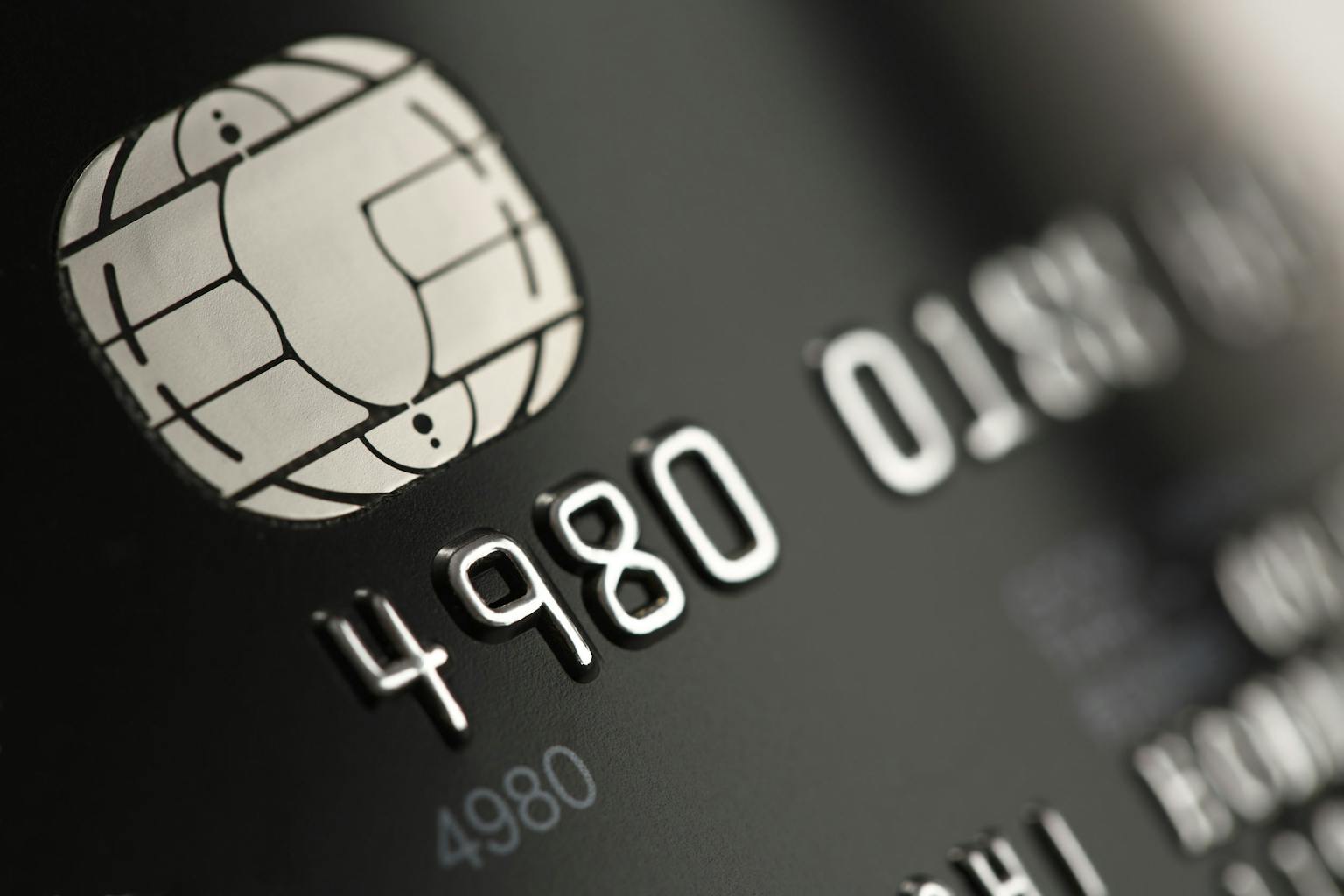

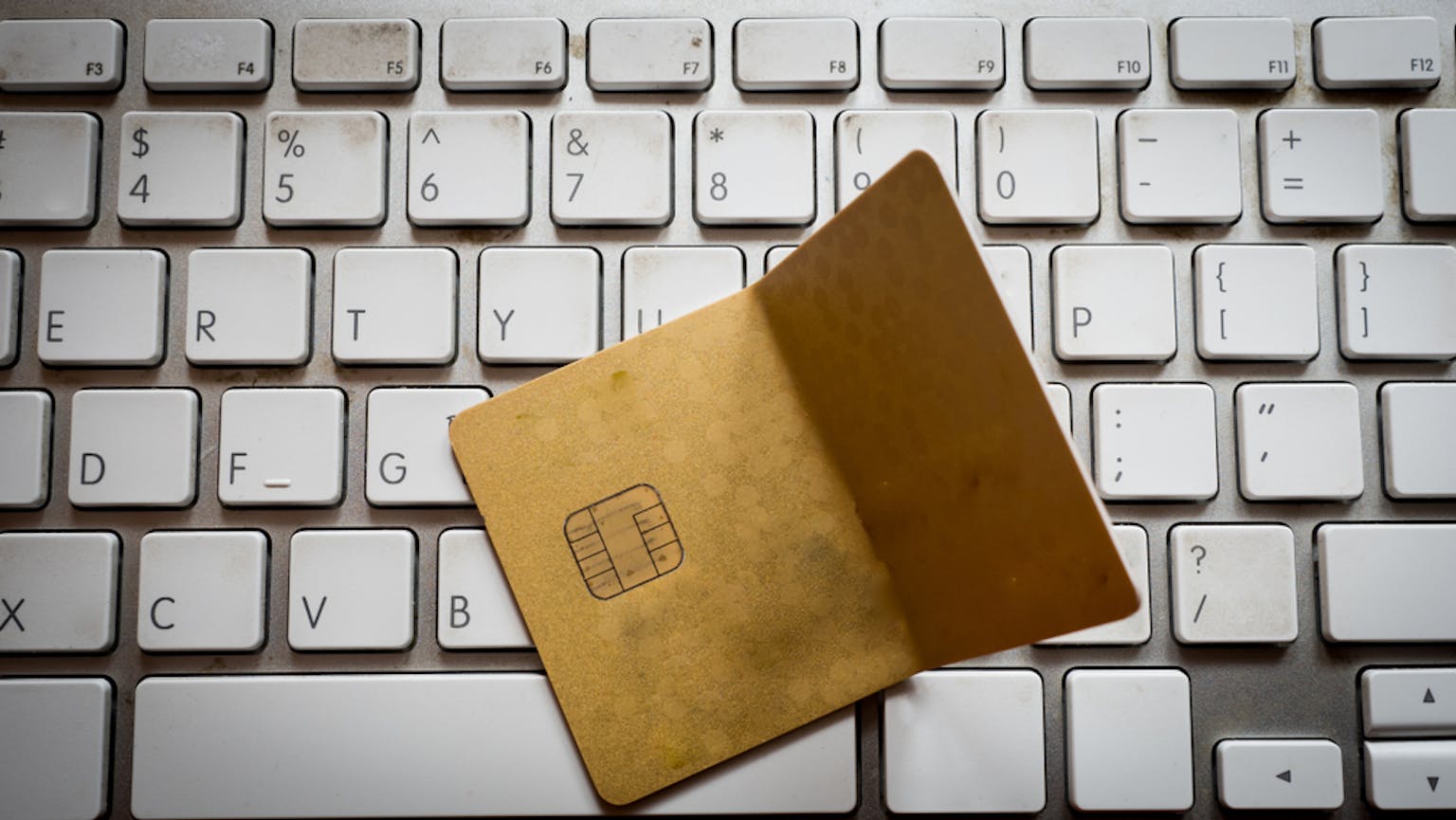
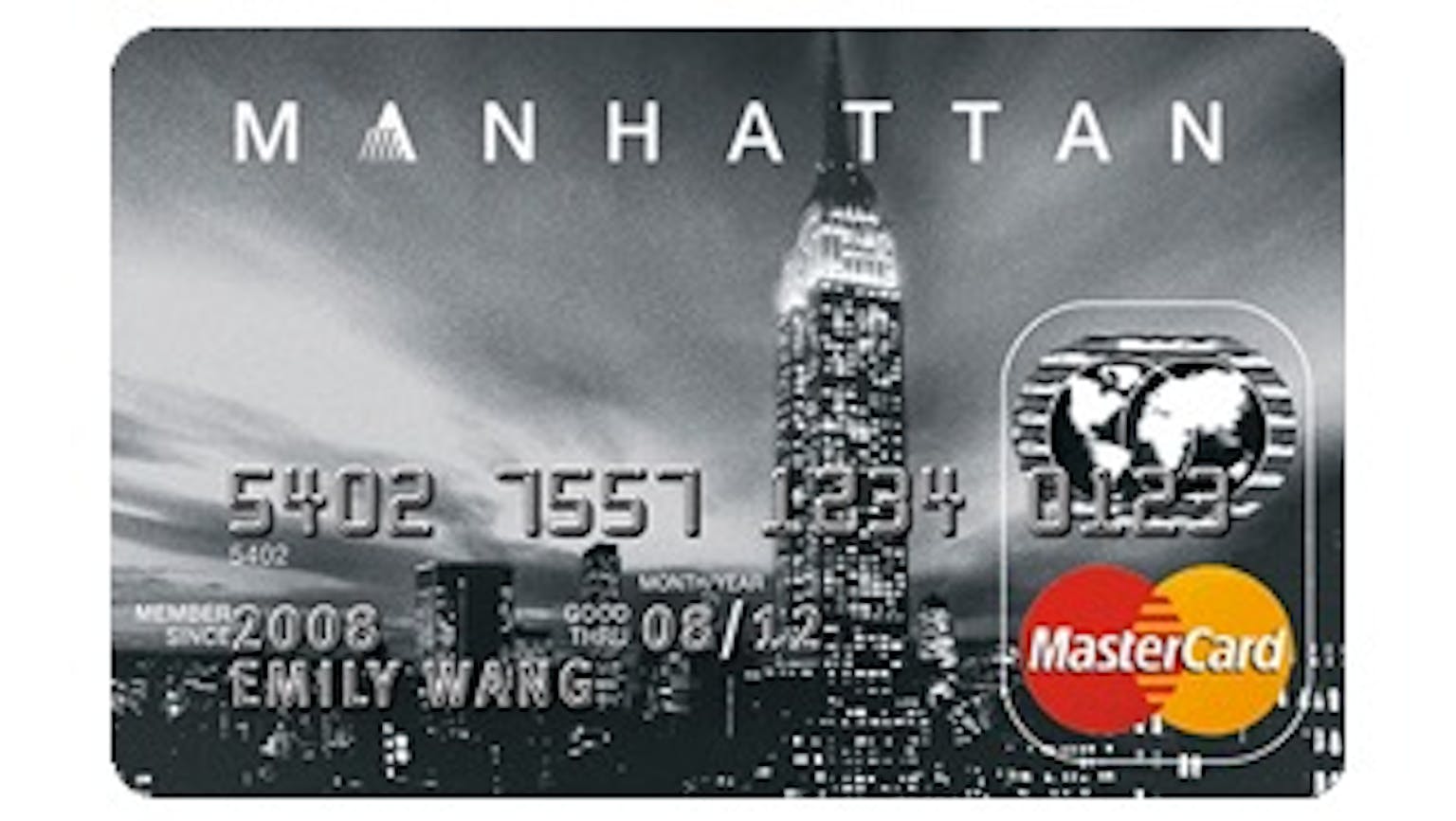
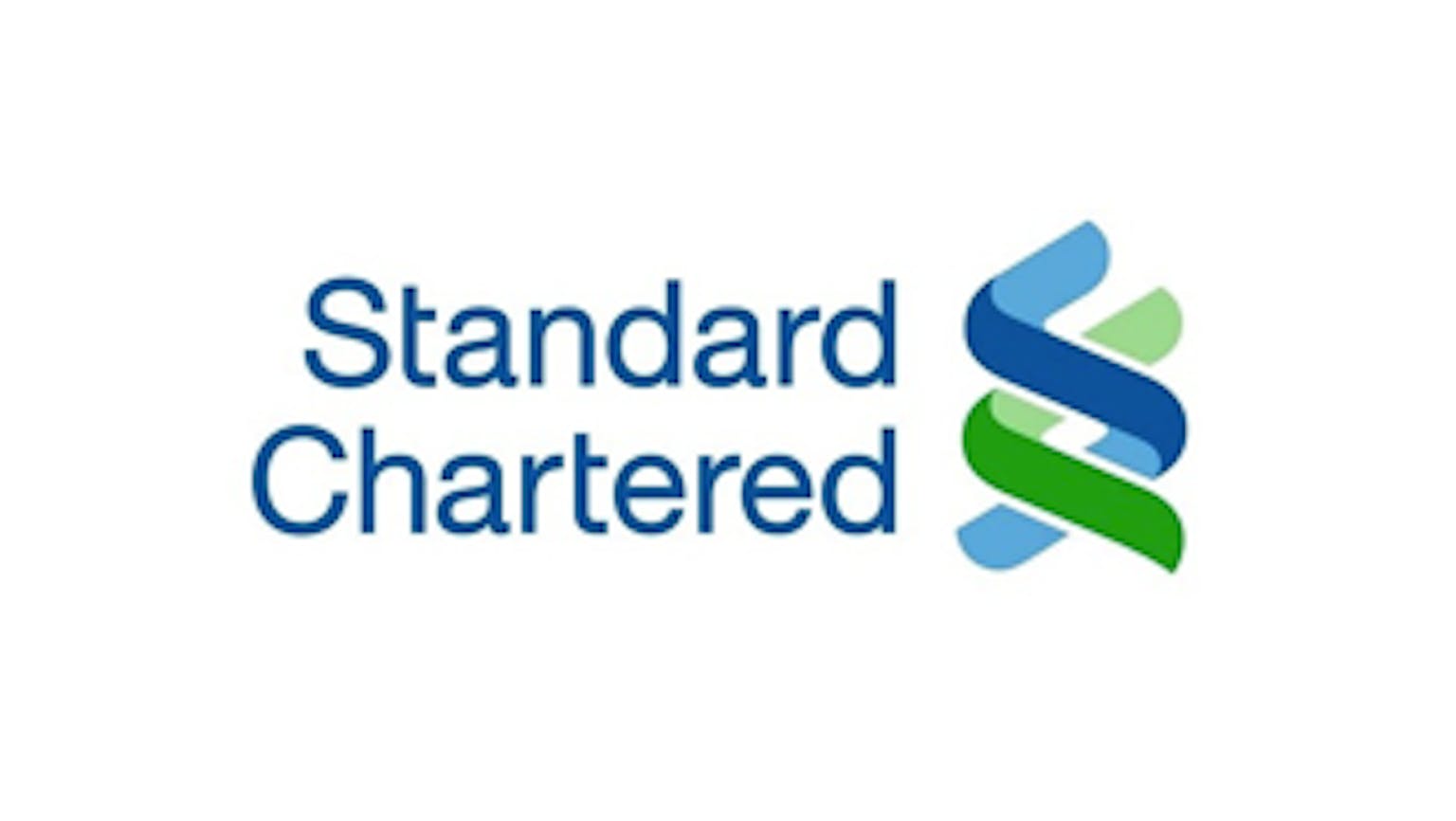
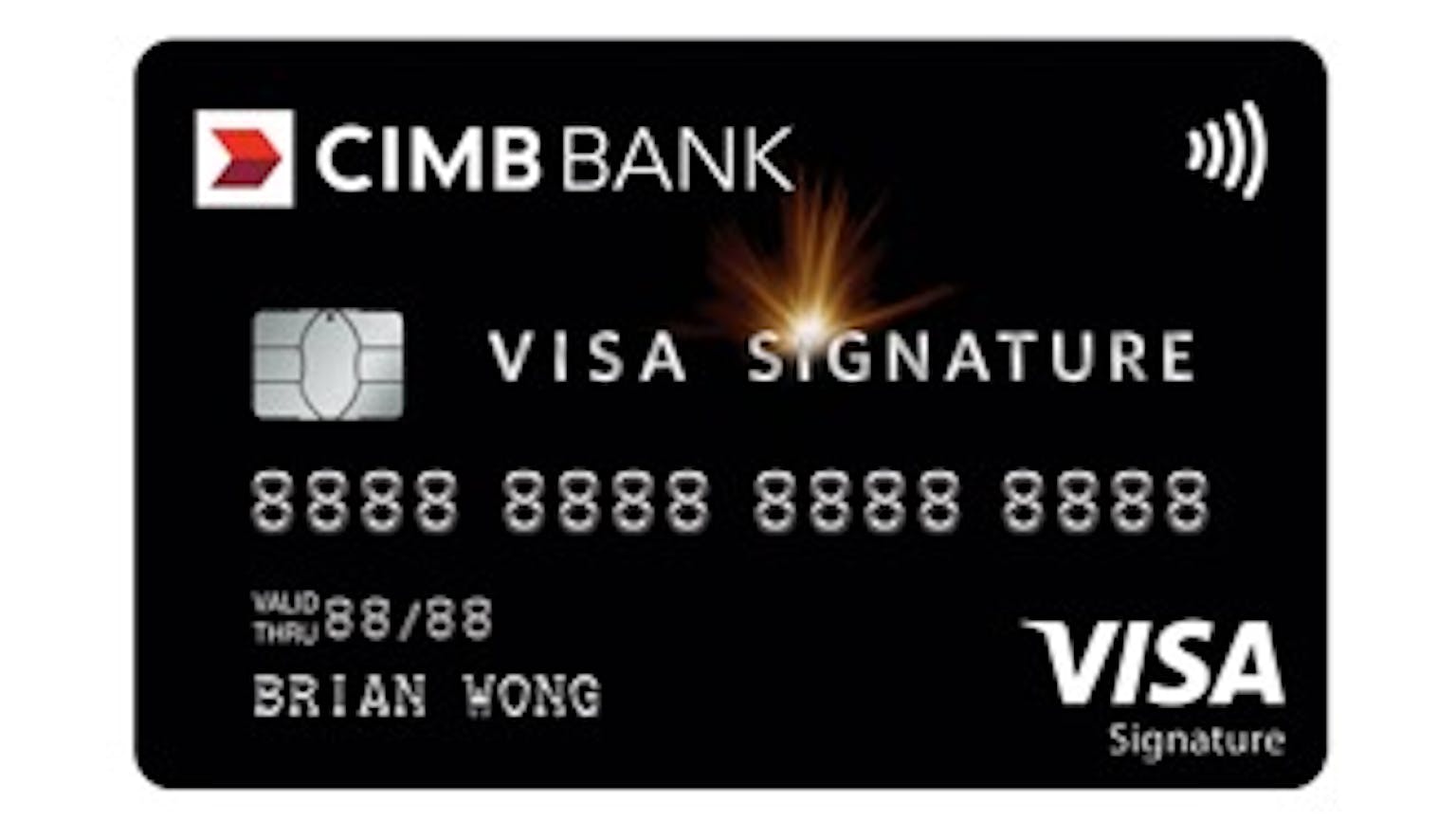
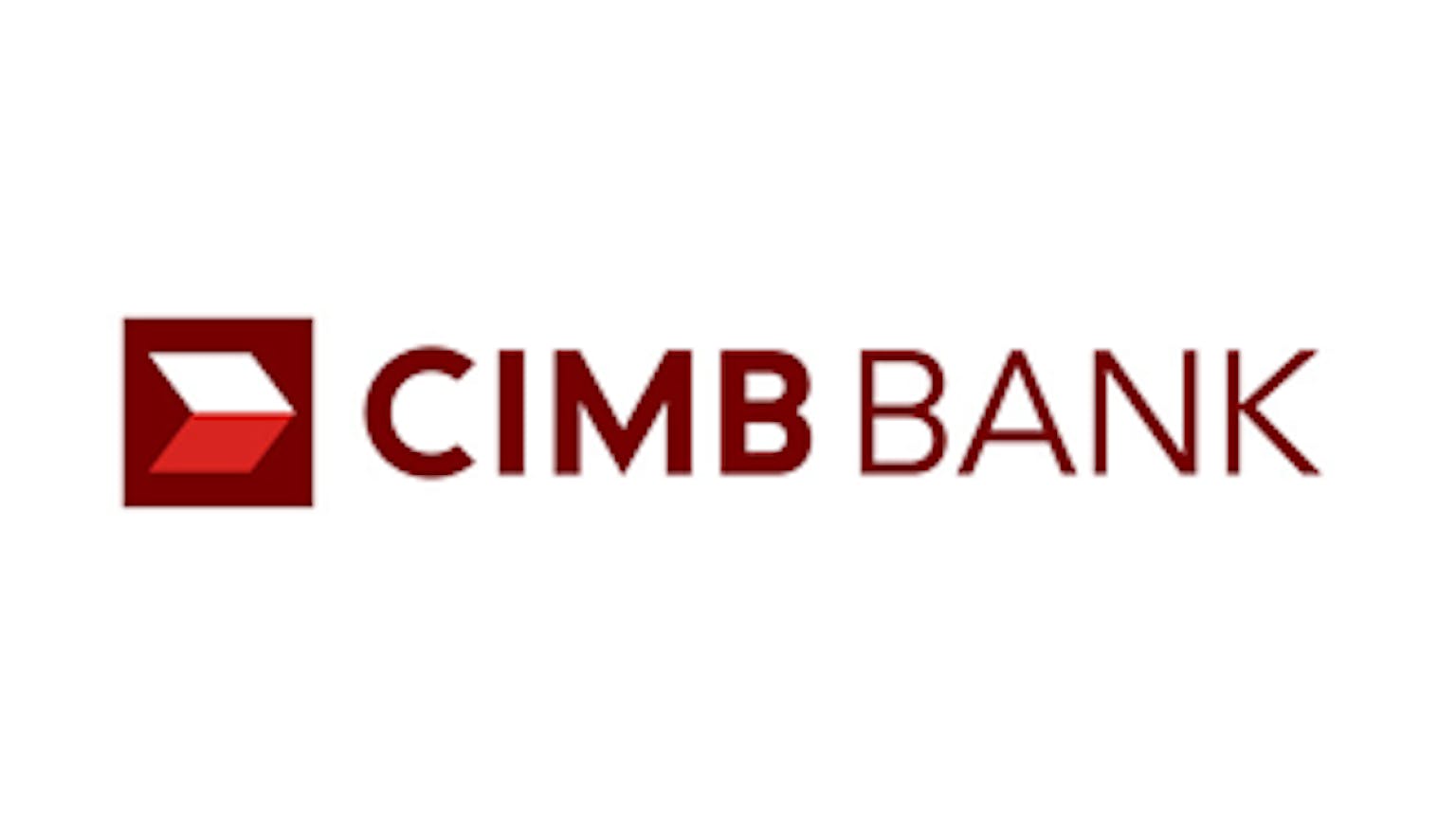
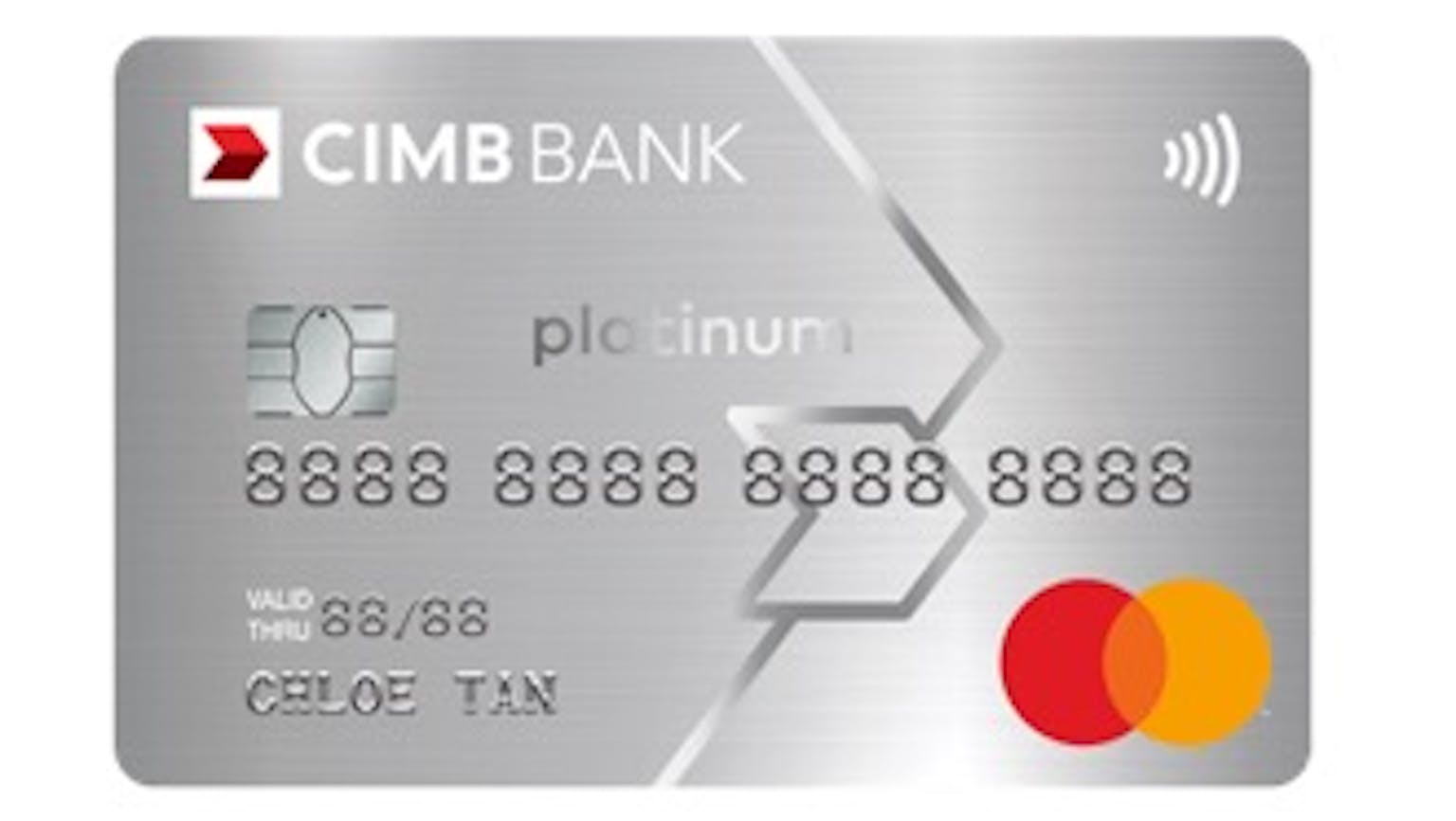
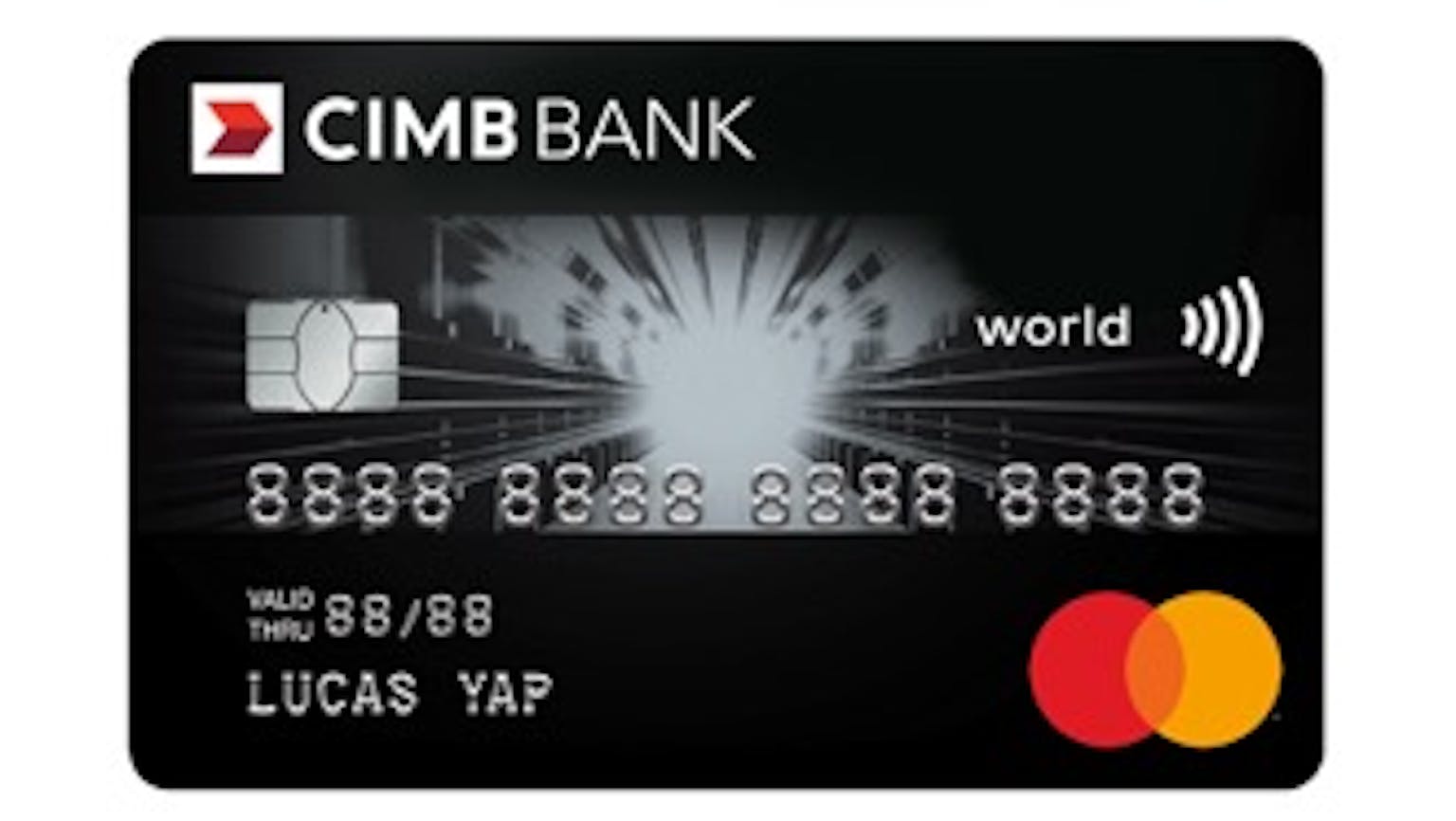

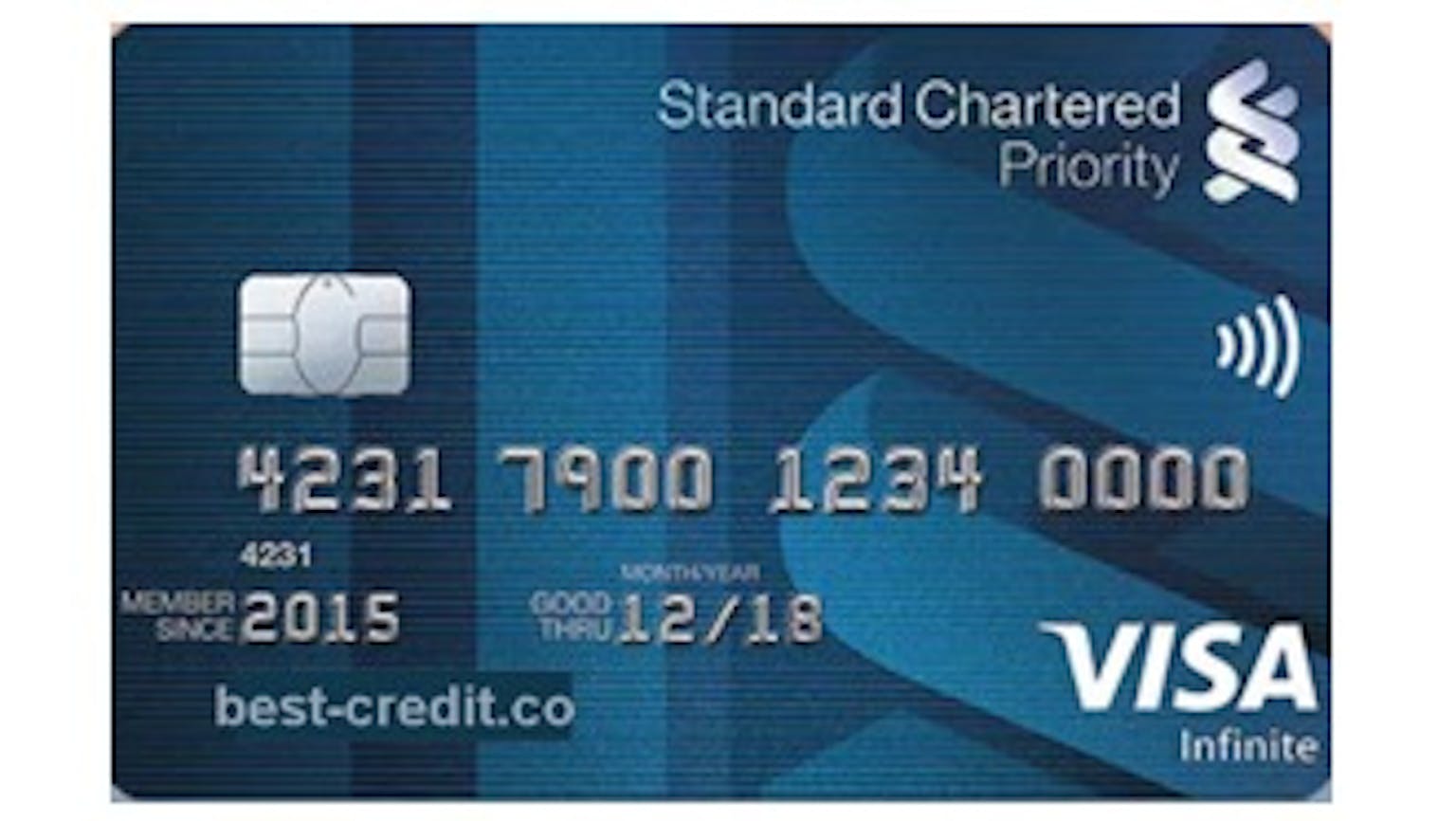

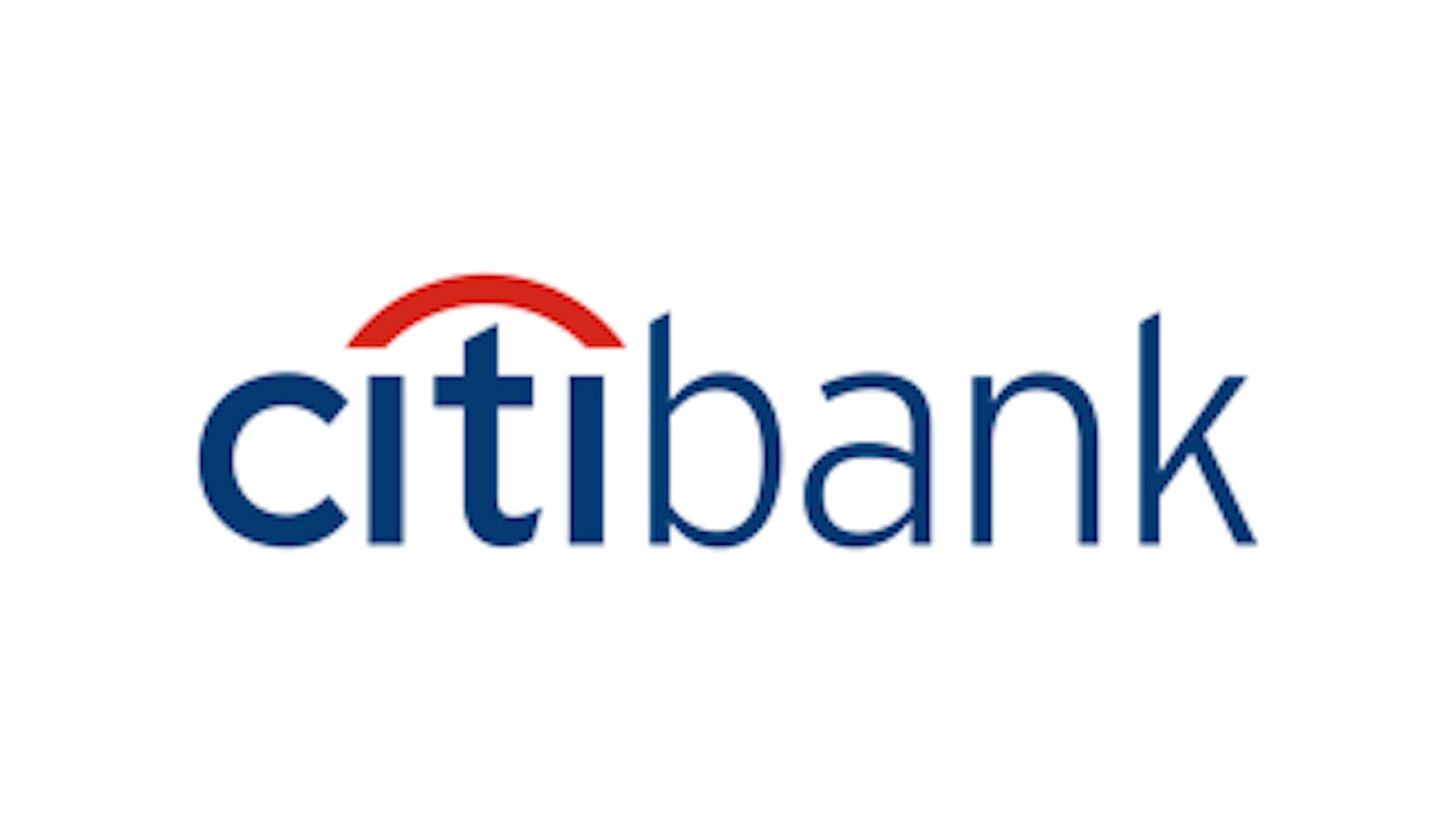
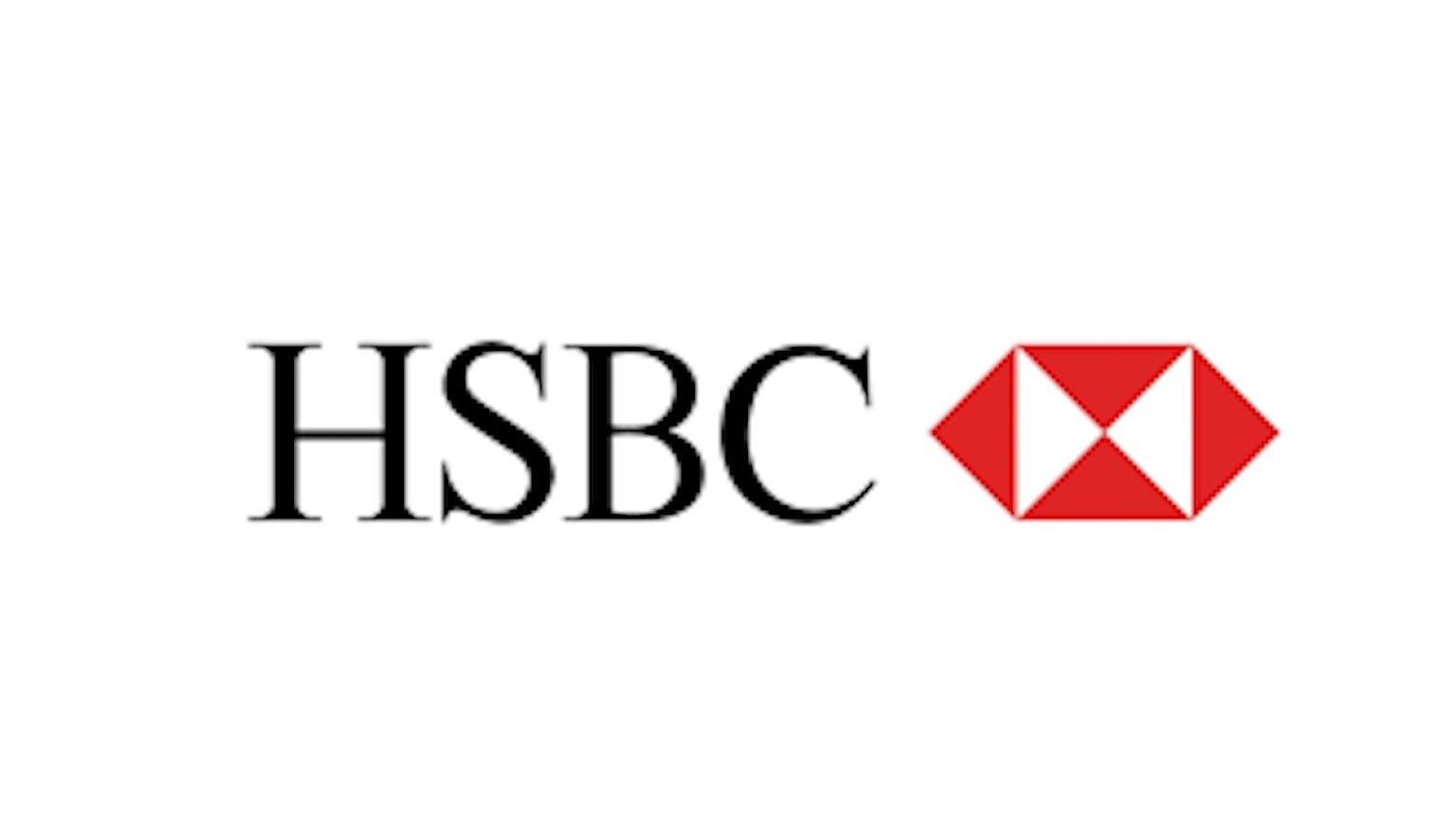
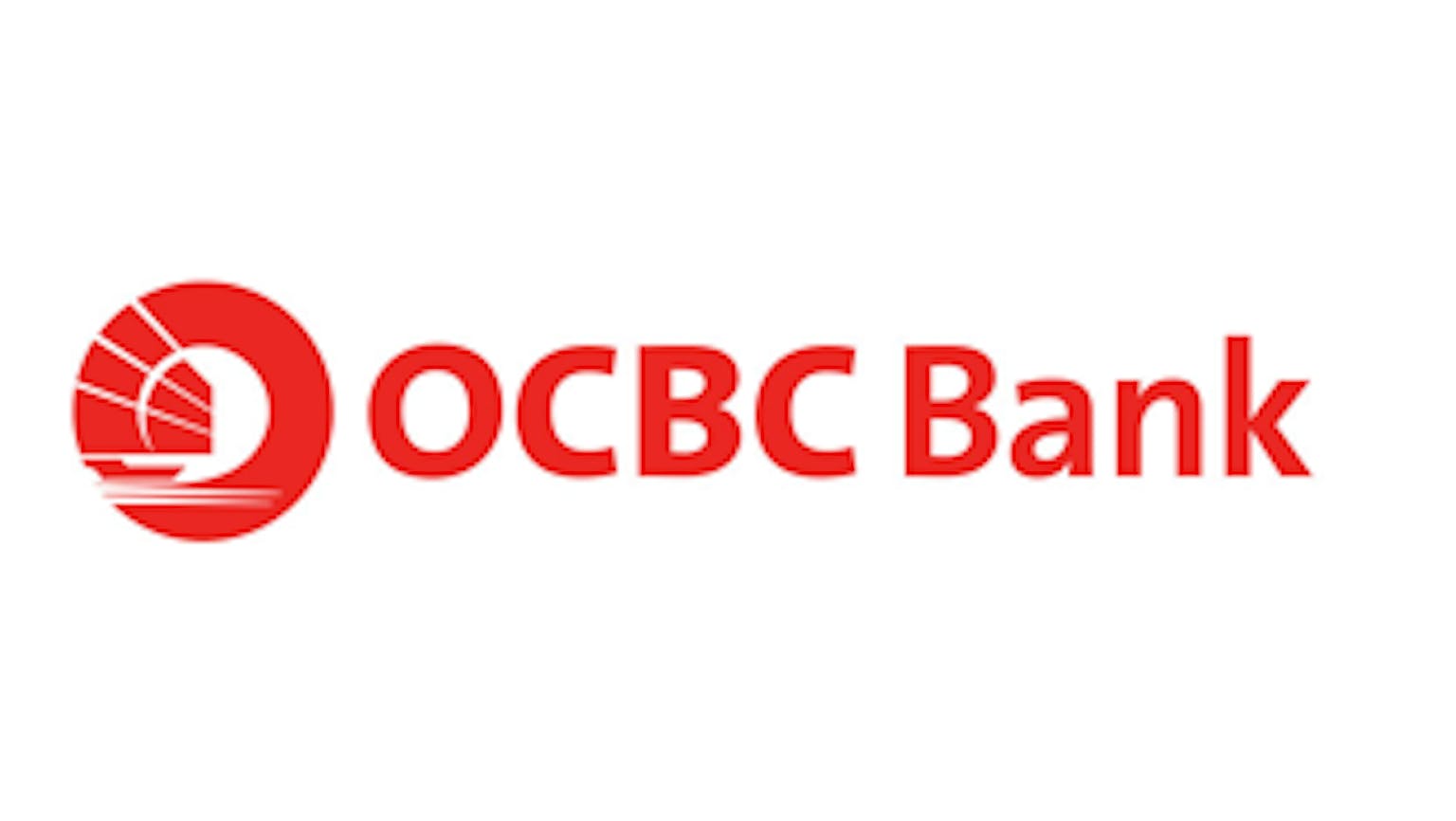
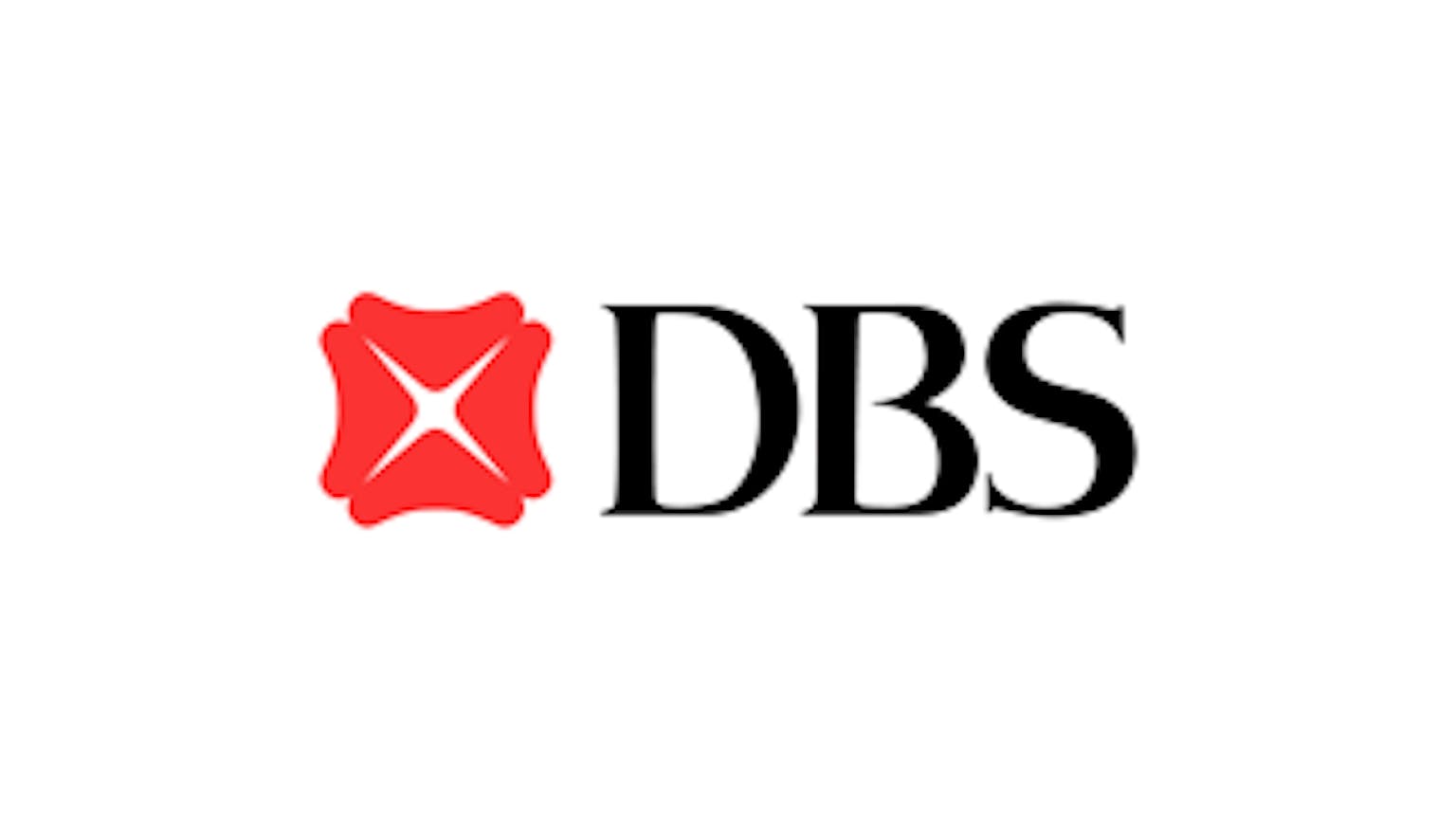

Please leave your knowledge and opinion!